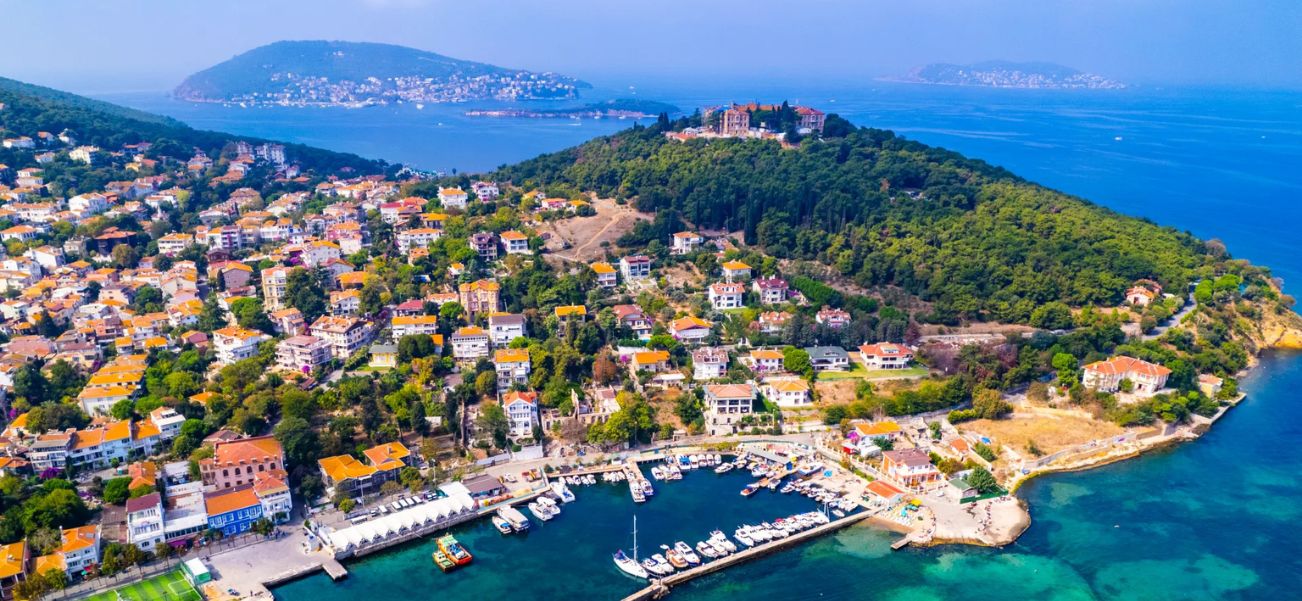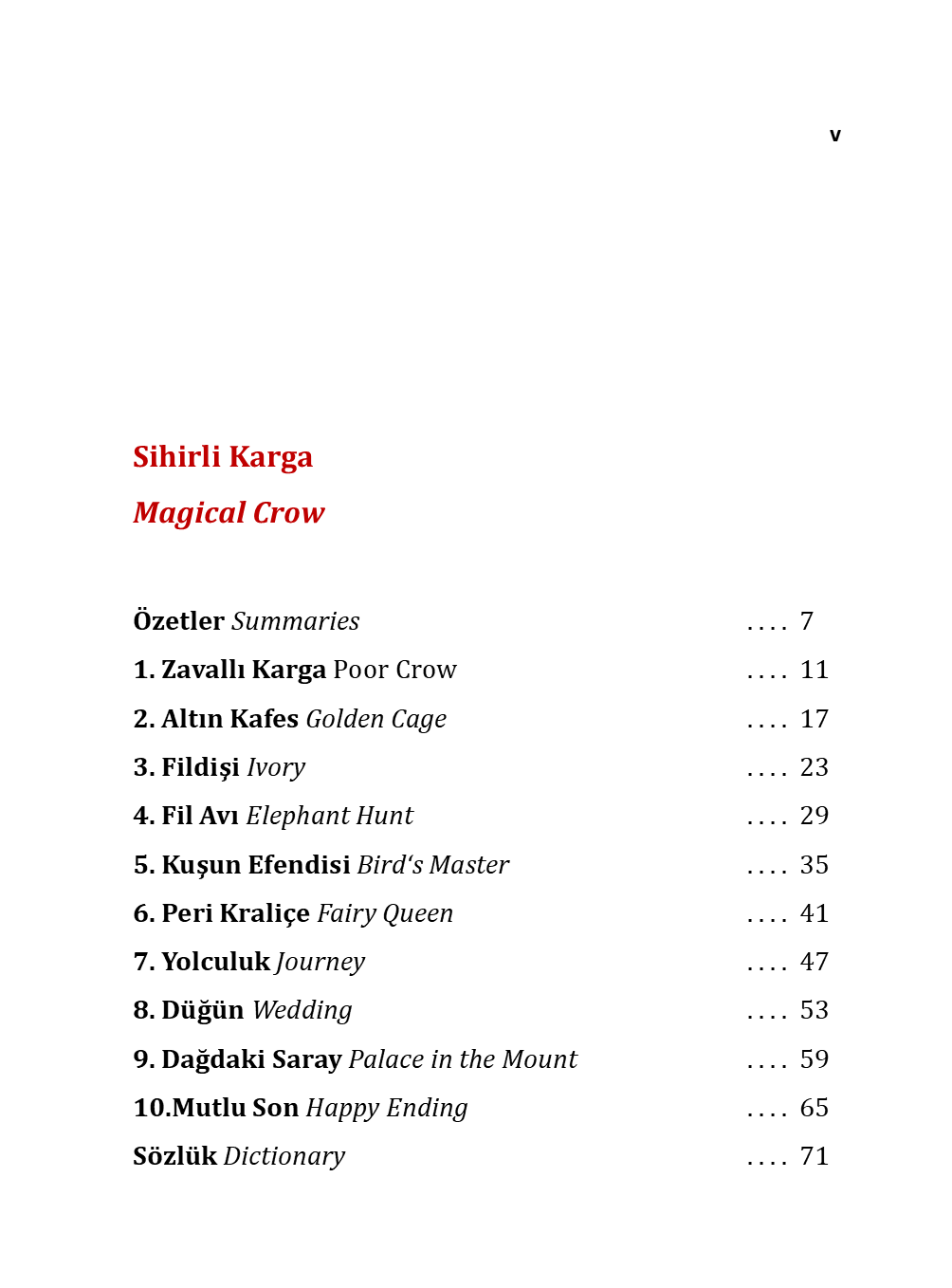
Aphrodisias: Turkey's Hidden Marble Masterpiece
Nestled in a fertile river valley, far from the bustling coastal crowds of Turkey's Aegean coast, lies one of the ancient world's most captivating secrets: Aphrodisias. More than just another archaeological site, Aphrodisias is a story carved in stone—a story of divine patronage, unparalleled artistic genius, and a city that once stood at the heart of the Roman Empire.
While the names Ephesus and Pergamon often dominate travel itineraries, a visit to Aphrodisias offers a different, more intimate experience. Here, you can walk through a stunningly preserved stadium without the jostle of crowds, stand in the shadow of a temple that defined a city's identity, and marvel at sculptures so lifelike they seem to breathe. This is not just a collection of ruins; it is a complete and eloquent narrative of the ancient world, waiting to be discovered.
Join us as we delve into the history of this remarkable city and provide a practical guide for planning your own pilgrimage to the city of the goddess of love.
Aphrodisias: Turkey's Best Kept Archaeological Secret
Listen to this podcast interview about "History of Aphrodisias":
The Ultimate Turkey Travel Guide: Everything You Need for an Unforgettable Trip
Part 1: A Brief History Carved in Marble

The tale of Aphrodisias is one of a city that masterfully leveraged its spiritual, artistic, and political assets to become a beacon of civilization in the Roman province of Asia.
The Deep Roots: From Local Cult to Greek Sanctuary
Long before it was called Aphrodisias, the site was a place of profound spiritual significance. Evidence on the acropolis mound points to settlements dating back to the Bronze Age. At its heart was the worship of a powerful, ancient Anatolian mother goddess—a deity of fertility and nature.
When Greek influence spread across the region, they encountered this local cult and saw a reflection of their own goddess of love and beauty, Aphrodite. In a classic act of religious syncretism, they built a grand temple to Aphrodite on this already sacred ground, and by the 2nd century BC, the city had taken its famous name.
The Roman Catalyst: Backing the Winning Side

The city's fortunes transformed dramatically in the 1st century BC, during the rise of Rome. In the brutal conflict between Rome and King Mithridates VI of Pontus, Aphrodisias made a pivotal decision: it staunchly supported Rome. This loyalty earned the city a precious decree of friendship and alliance from the Roman Senate, granting it special privileges like autonomy and tax exemption.
But their masterstroke came during the Roman civil wars. The city allied itself with Octavian, the future Emperor Augustus, against Mark Antony and Cleopatra. After his victory at the Battle of Actium in 31 BC, a grateful Augustus bestowed his personal favour upon Aphrodisias. He famously declared, *“I chose this city from all of Asia to be my own,”* cementing a unique relationship that would fuel the city's golden age.
The Golden Age: The Power of Marble and the Imperial Cult

Under the protective wing of Rome, Aphrodisias flourished. Its most valuable asset was the magnificent white-and-blue-grey marble quarry located just a few miles away at Babadağ. This marble was fine-grained and strong, allowing Aphrodisian sculptors to achieve a level of detail and fluidity that became renowned across the empire.
The city’s sculpture school became its economic engine. Portraits, mythological statues, and ornate reliefs were exported from Aphrodisias to every corner of the Roman world, from Britain to Syria. The city's wealth and status were displayed in a building boom, creating the magnificent structures whose ruins we see today:
- The Temple of Aphrodite The spiritual core of the city. Its unique cult statue was not a classical nude but a draped, pillar-like figure adorned with symbolic reliefs, reflecting its deep Anatolian roots.
- The Sebasteion An extraordinary complex dedicated to the worship of the imperial family. This "museum of propaganda" was lined with breathtaking marble reliefs showing Roman emperors interacting with gods and conquering foreign lands, all crafted by the city's master sculptors.
- The Tetrapylon A magnificent ceremonial gateway, intricately carved with patterns and figures, that marked the entrance to the sacred temple precinct.
- The Stadium One of the best-preserved in the entire ancient world, this 30,000-seat arena hosted athletic games, gladiatorial contests, and wild animal hunts.
The Long Decline: Earthquakes and Christianity

All golden ages must end. The decline of Aphrodisias was a slow process driven by two primary forces. First, a series of devastating earthquakes in the 4th and 7th centuries AD caused irreparable damage to the city's infrastructure.
Second, and more fundamentally, was the rise of Christianity. A city named for a pagan goddess became an ideological problem. The Temple of Aphrodite was systematically converted into a Christian basilica, a powerful symbol of the new world order. The city's name was changed to Stauropolis ("City of the Cross") and later Caria, in an attempt to erase its pagan past.
By the early Middle Ages, the once-great city had shrunk to a small fortified settlement and was eventually abandoned, its marble slowly buried by river silt and forgotten.
Modern Rediscovery: From Village to World Heritage Site

The modern rebirth of Aphrodisias began in 1958, when Turkish photojournalist Ara Güler's car broke down near the village of Geyre. His photographs revealed an astonishing sight: a village living amongst and on top of magnificent ruins. These images inspired archaeologist Kenan Erim, who led excavations for New York University from 1961 until his death in 1990. His lifelong dedication unearthed the city we see today, and his passion was so profound that he was buried near the Tetrapylon. In 2017, Aphrodisias was rightfully inscribed as a UNESCO World Heritage Site, cementing its status as a cultural treasure of humanity.
Part 2: The Ultimate Travel Guide to Aphrodisias

Planning a visit to Aphrodisias is a journey off the beaten path, but one that is immensely rewarding. Here’s what you need to know.
Getting There
Aphrodisias is located in the province of Aydın, inland from the popular coastal resorts.
- By Car This is the most flexible option. The drive from Kusadasi takes about 1.5-2 hours, from Bodrum about 2.5 hours, and from Pamukkale (Denizli) about 1 hour. The roads are well-signposted and in good condition.
- By Tour Many tour operators from major resorts like Kusadasi and Bodrum offer day trips to Aphrodisias, often combined with Pamukkale. This is a hassle-free option, though it allows less time for independent exploration.
- By Public Transport It's challenging but possible. You can take a bus to the town of Nazilli or Tavas and then a local minibus (dolmuş) to the nearby village of Geyre, but schedules can be infrequent.
What to See and Do: A Walk Through the Marble City

Give yourself at least 3-4 hours to fully appreciate the site and its excellent museum.
- The Stadium Start or end your visit here. Its phenomenal state of preservation—it could host a event today—is awe-inspiring. Imagine the roar of 30,000 spectators.
- The Tetrapylon This beautifully restored gateway is the iconic image of Aphrodisias. Walk through its ornately carved columns and imagine the processions that once passed this way.
- The Temple of Aphrodite and the Bishop's Palace Stand amidst the remaining fourteen columns of the temple and observe how it was transformed into a church. The adjacent Bishop's Palace, with its surviving mosaics, offers a glimpse into the city's Christian era.
- The Sebasteion While its towering structures are gone, the relief panels displayed on-site and in the museum tell a powerful story. This is where you truly feel the connection between Aphrodisias and the Roman imperial court.
- The Theatre and Theatre Baths Carved into the slopes of the acropolis, the theatre offers a panoramic view of the entire city. The adjacent baths complex speaks to the luxurious daily life of its citizens.
- The Aphrodisias Museum Do not skip this. It is one of the finest archaeological museums in Turkey. Here, you come face-to-face with the genius of Aphrodisian sculptors. The highlights include The unique, pillar-like "Cult Statue of Aphrodite," The breathtaking reliefs from the "Sebasteion", showing emperors and myths in stunning detail, The famous "Aphrodisias Philosopher" portrait, with its incredibly carved beard, The poignant "Melpomene" statue, the muse of tragedy.

Practical Tips for Your Visit
- Best Time to Visit Spring (April-May) and Autumn (September-October) offer pleasant temperatures and beautiful landscapes. Summer can be very hot, so come prepared with a hat, sunscreen, and plenty of water.
- Facilities There is a small cafe at the site entrance and a gift shop. The museum has restrooms. For more dining options, the village of Geyre just outside the site has a few charming restaurants.
- Combining Your Trip Aphrodisias pairs perfectly with a visit to "Pamukkale and Hierapolis", which are only an hour's drive away. This combination makes for an unforgettable day exploring two of Turkey's most significant ancient sites.
Conclusion

Aphrodisias is more than a ruin; it is a testament to a city that understood the power of art, faith, and politics. It’s a place where you can trace the chisel marks of a master sculptor, stand in a stadium that echoes with ancient cheers, and witness the profound transition from paganism to Christianity. To walk through Aphrodisias is to walk through a thousand years of history, uninterrupted and profoundly moving. For any traveler seeking to connect with the soul of the ancient world, a journey to this marble city of love is an essential pilgrimage.
Enjoy your trip to Aphrodisias!













